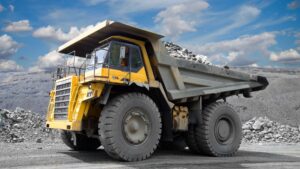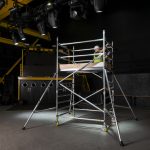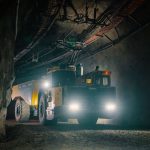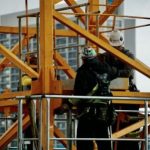
As mining has always been a hazardous workplace, safety is a prime concern. Safety laws have been essential to provide fundamental layers of regulation but failed to address ignoring or neglecting behaviour. In the aftermath of the Chilean disaster in 2010, when 33 miners were trapped underground for weeks and eventually rescued, the unions worldwide have repeated calls for stricter safety standards.
But laws are just part of the answer to creating a secure environment for miners. Although there are regulations, risks will increase if no laws are enforced and there are no follow-ups. In addition, negligent behaviour further contributes to hazardous situations. Pushing people through the training program too fast, failure to involve the workforce in evaluating potential hazards, not reporting near misses, not using the appropriate tools for a job, and delaying machine maintenance are just a few of the many reasons why risks in a mine can increase quickly. In most cases, near misses or incidents follow negligence, and with every incident, operations halts, costs ads up and your most valuable asset, your workforce, is degraded.
Therefore, having safety regulations does not automatically provides a safe working environment. Workplace safety isn’t about dodging legal violations and fines; on the contrary, it’s about taking care of each other. Therefore, people have to be taught to be more observant.
Establishing a positive miner safety culture within the workplace enhances employee safety and affects how employees feel about their company, increasing the positive sentiments about their organisation.
Critical parts of an influential safety culture are Management commitment, visible management and good internal communications. Responsibility at the Management level is regarded as vital as it will produce higher levels of motivation and concern for health and safety throughout the company. When it comes to health and safety, managers must lead by example and be present regularly on the ‘shop floor’, talking about health and safety and visibly demonstrating their commitment by their actions. A positive culture debates health and safety as part of everyday work exchanges.
Active employee participation in safety is paramount to building security ownership at all levels and exploiting employees’ unique knowledge of their work. Again: listening to the people doing their job is critical. This can include active involvement in workshops, risk assessments, plant design etc.
A positive safety culture ensures a proactive take on health and safety. The team is personally invested in their safety and the safety of others. Not only do they follow policy, but they do so willingly with the attitude of looking out for methods to increase site safety, decreasing risk and the number of safety incidents that happen. If this is your organisation’s safety culture, people who disregard health and safety rules are reported to be violating the regulations.
Learn how to implement a safety culture and benefit from a healthier approach to your mining operations.
Identec Solutions engineers ideas for safety and efficiency. Crew Companion is our miner tracking system for enhanced digital visibility of all personnel underground or above ground.




